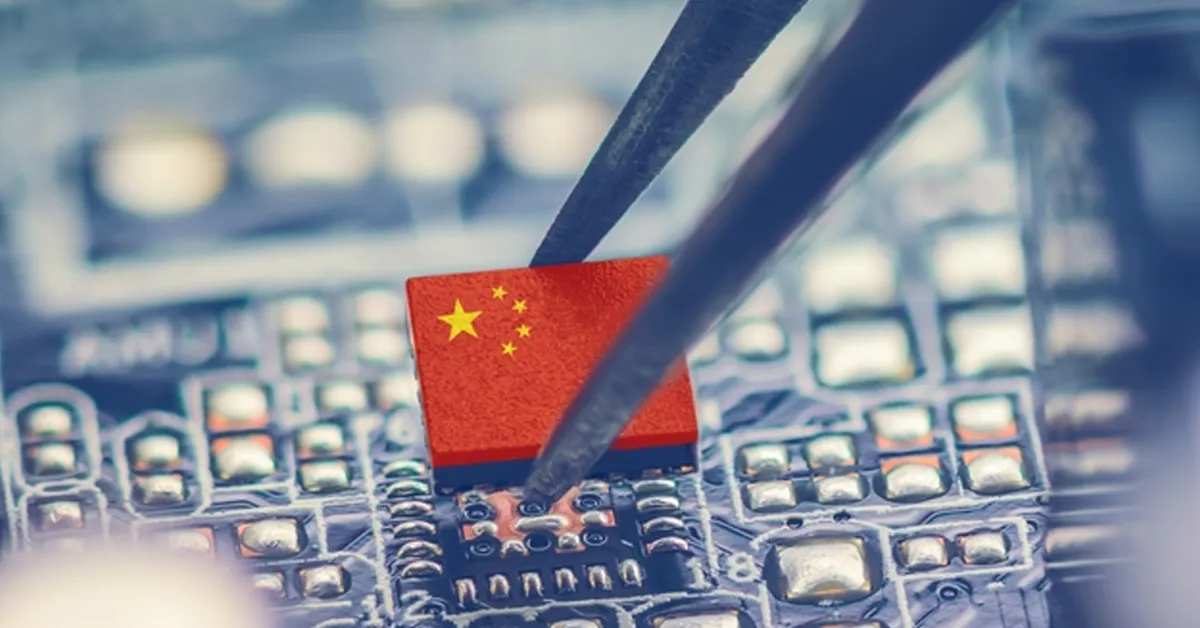Advanced batteries and the minerals to produce them are to the future what fossil fuels have been to the past. And just as petroleum resources shaped the geopolitics of the last 100 years, control of the battery minerals needed to electrify transport and decarbonize energy utilities has become a critical national security issue for the 21st Century.
To mitigate China’s dominant position in mining and refining lithium, nickel, cobalt, graphite, manganese, rare earth elements and other critical green-energy minerals, the United States and some of its allies are subsidizing domestic investment and setting up new barriers to trade and investment with China. Canada, for example, recently ordered three Chinese firms to divest tens of millions in equity from three Canadian firms developing lithium, tantalum, and cesium within Canada and in South America.
Since declaring in June 2021 that China’s dominance of critical minerals supply chains threatened U.S. economic security, the Biden Administration has held summit meetings, issued executive orders, invoked the rarely used Defense Production Act, promised to reform mining laws, and taken other actions to stimulate investment in domestic mining and refining capacity. And in August, Congressional Democrats passed the Inflation Reduction Act (IRA), which—depending on how Treasury writes the rules—could cut off foreign-made electric vehicles and batteries from qualifying for the act’s tax credits of up to $7,500 per electric vehicle.
The IRA also labels China, Russia, Iran, and North Korea as “foreign entities of concern” and aims to prohibit automakers that use any critical minerals extracted, processed or recycled in those countries from receiving tax credits.
Allied countries are pushing back hard against the IRA’s “made-in-the-USA” provisions. “The Act risks causing … economic damage to both the US and its closest trading partners [and could] trigger a harmful global subsidy race to the bottom on key technologies and inputs for the green transition,” wrote the European Commission in early November. Japanese and Korean auto industry associations have voiced similar concerns, as have U.S. and foreign automakers.
Ford has written that an expansive interpretation of the domestic content provisions could make “the clean vehicle credit largely unavailable.” According to FT.com, Ford is lobbying Treasury to avoid attaching the “foreign entity of concern” label to “any company organised in the US, regardless of ownership, and for joint ventures.” Ford is no doubt thinking of its agreement, announced in July, to source batteries for the F-150 Lightning Truck and Mustang Mach-E from Contemporary Amperex Technology Limited (CATL), China’s largest EV battery maker.
FT.com also reports that Stellantis, Volkswagen, and other automakers have joined Ford in “asking [U.S.] regulators to establish a threshold allowing a small amount of Chinese content in batteries. Volkswagen suggested setting it at 10 per cent or less.”
More than batteries at stake
In addition to batteries and battery materials, automakers or their suppliers will need to source vast quantities of rare earth metals such as neodymium and dysprosium for the permanent magnets used in most electric motors. “As with battery ingredients, the dominant supplier is China,” reports WSJ.
And electric vehicles require about twice as many semiconductors as their internal-combustion counterparts. “Chips control everything from how EVs take electricity from their batteries to how that juice is applied to the motors to how the batteries are recharged,” reports WSJ.
But the battery race will be the one in which catching up to China is the most challenging. China produced 84.6% of finished lithium-ion batteries (measured by kWh) in 2021 compared to 4.7% for the U.S., according to a WSJ infographic drawn from S&P Global, Bloomberg NEF, and PwC.
Australia and Zimbabwe have far more lithium resources than China, and China mines just 1% of the world’s cobalt, but Chinese firms dominate the value chains for these and other critical minerals through ownership of foreign mines and domestic refining capacity. China controls 72% of lithium refining capacity and 71% of cobalt refining, according to WSJ.
China is also dominant in refining of manganese, a mineral that many experts expect to become a key cathode material going forward, according to S&P Global. South Africa is the leading manganese producer currently, followed by Australia, Gabon, and Cote d’Ivoire—with China only mining 7% globally. But China controls 99% of manganese refining capacity.
Chinese firms’ ability to invest in global mining and refining is supported by the country’s vast and growing EV market. According to Bloomberg, China’s share of global EV sales will reach 60% by Q1 2023. “In other segments like trucks, buses and two-wheeled vehicles, China is even further ahead.”
Federal subsidies and trade and investment barriers may not be a match for China’s power and its ambitions in battery minerals—especially if allied nations such as Germany, Japan, and Korea that share an interest in developing non-Chinese battery value chains remain at odds with the U.S. over the protectionist features of the IRA.
One analyst, Defense Metals president Luisa Moreno, told SCMP that even with “continuous investments and collaborations between companies and governments in North America, Australia and Europe, we may start seeing integrated supply chains from mine to technology, in relevant amounts in the next 8-15 years.”
Moreno forecast that this value chain would grow first to supply “base metals such as copper and battery-grade nickel, and then the more critical ones like cobalt, graphite, lithium, manganese and then rare earths.” Chris Berry, president of advisory firm House Mountain Partners, offered a similar prediction. “It will still take 10 years to build any sort of a sufficient [domestic] supply chain given the huge lead times needed for mining permitting in particular.”





